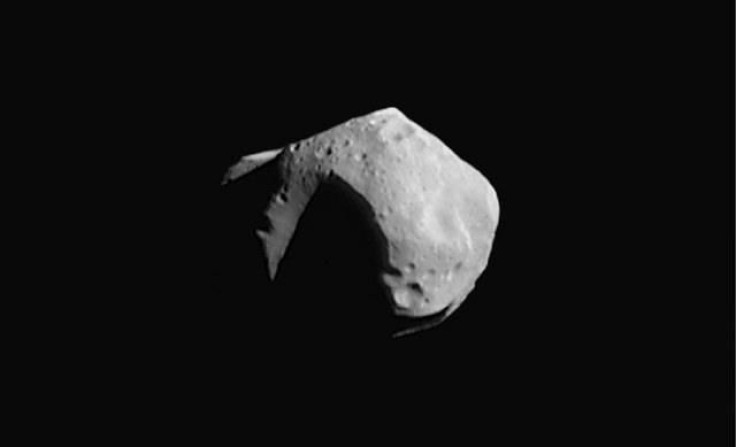NASA has warned that a "potentially hazardous" asteroid almost as wide as the height of Dubai's Burj Khalifa, the world's tallest skyscraper, will zoom past planet Earth on November 1, just in time for Halloween.
The newly discovered asteroid 2002 RM4 has an estimated diameter of between 1,083 and 2,428 feet (330 and 740 meters). It is just a little below the height of Burj Khalifa, which stands 2,716-foot-tall (828 meters).
Asteroid 2022 RM4 will make a close approach to planet Earth at around 52,500 mph (84,500 km/h), as per Space.com.

NASA Classified 2022 RM4 as Potentially Hazardous
The newly discovered asteroid will come too close to Earth at about 1.43 million miles (2.3 million kilometers). This is around six times the average Earth-Moon distance. The said distance is a very small margin in terms of cosmic standards.
Any space object that approaches the Earth within 120 million miles (193 million km) of the planet is marked by NASA as a "near-Earth object."
Meanwhile, any large body which are within 4.65 million miles (7.5 million km) of Earth is classified as "potentially hazardous." Thus 2022 RM4 is given that tag.
Astronomers watch these identified bodies because these are potential threats to the planet.
They are being closely monitored for any deviation from their predicted trajectories since these objects could possibly head for a devastating collision with the planet.
Fortunately, according to MSN, the asteroid is just set to pass the Earth without any incident. Likewise, no imminent signs of danger are identified.
However, it is highly possible that the asteroid will be visible from just home telescopes. Thus, if you wish to observe its passing, you can check the skies on November 1.
"No danger, but newly-discovered asteroid 2022 RM4 will pass less than 6 lunar distances on November 1. Possibly as wide as 740 meters, it will brighten to mag 14.3, well within reach of backyard telescopes," Tony Dunn tweeted.
NASA Continuously Monitors Asteroids in Space
The asteroid 2022 RM4 was discovered on September 12, 2022 by astronomers at the Pan-STARRS 2 telescope in Haleakala, Hawaii, according to Forbes.
NASA's Jet Propulsion Laboratory classified it as a Near Earth Object (NEO), meaning it's an Apollo-type object, which is a potentially hazardous asteroid (PHA).
Asteroids like the 2022 RM4 have an orbit that is bigger than the Earth's orbit around the Sun. The path of this kind of asteroid crosses the Earth's path.
The newly discovered asteroid is said to orbit the Sun every 1,397 days. Occasionally, its path crosses the Earth's orbital path around the Sun.
NASA uses the Asteroid Terrestrial-impact Last Alert System (ATLAS) to pinpoint asteroids in space. It is an "array of four telescopes able to perform a total scan of the entire night sky every 24 hours."
Using ATLAS, around 28,000 asteroids in space are being tracked and monitored by the agency.
ATLAS has identified more than 700 near-Earth asteroids and 66 comets since NASA acquired it in 2017.
In 2019, ATLAS identified two small asteroids that actually crashed on Earth. The 2019 MO exploded on the southern coast of Puerto Rico.
Meanwhile, the 2018 LA crash landed somewhere near the border of Botswana and South Africa.
Related Article: Old Giant Asteroid That Could Destroy Earth Is Passing By: Best Time to Watch It on the Sky









